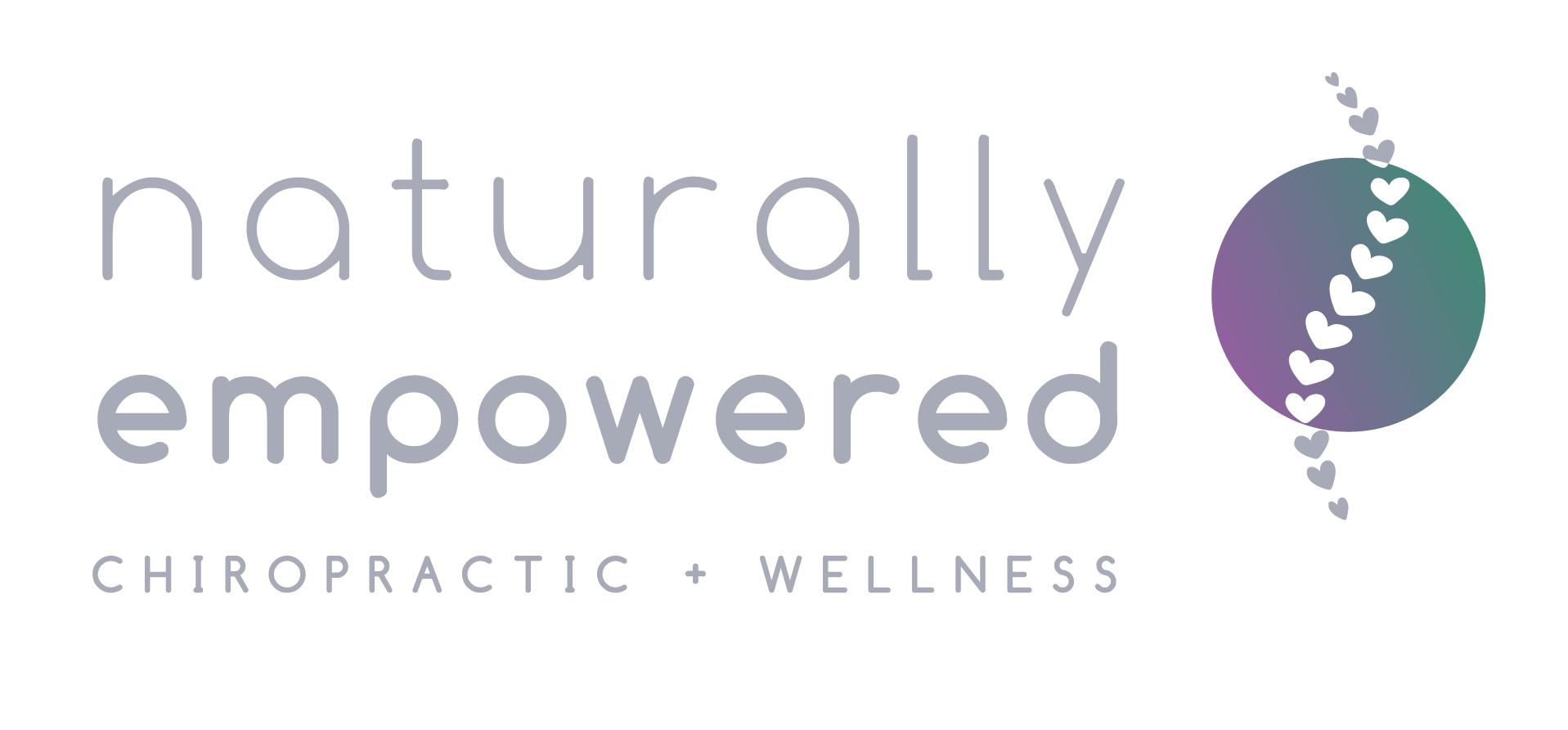What healthy people know about spinal function is essential to living well – Part 1
Most of you will read this because at some point, either now or in the past, you will have suffered with spinal pain. And for many people it comes out of nowhere – or seemingly. I’ve lost count of how many times I’ve been told “I didn’t do anything and now I’m in agony”.
Most people only think of their spine when it hurts. Very few people think about their spine for any other reason, pretty much how we relate to our body. My body is fine as long as everything works. So we put reasonable fuel into our body, exercise to the level that suits us and just hope everything stays ok.
What is the Anatomy of Our Spine?
Your spine is made up of 24 moveable bones called vertebrae and at the bottom you have your sacrum and coccyx, so 26 in total.
How does it form or evolve?
Your spine evolves in utero around the spinal cord. What actually happens is first your nervous system (brain and spinal cord) develop. And then the bones (skull and vertebrae) form around it – to protect the soft sensitive structures that make up our nervous system.
From the spine also form the ribs, and the limbs, which themselves (ribs) protect all of our internal organs, and the limbs allow us to move and function in the world.
What is your Spine’s Job?
Two jobs
Keep you upright and in a healthy posture
Protect the spinal cord, the superhighway for information flow in your body
So the purpose of your spine is to provide a framework to hold you upright and also to protect the nervous system. Your nervous system is like the internal workings of a computer. It processes everything, yes everything that happens around you and to you and within you and its job is coordinate health within your body to the best of its ability.
Good Posture / healthy body
Whether we like it or not, we judge people within 7 seconds of meeting them. Posture makes a big impression on people and we decide immediately if this person is a threat, if they are weak, are they confident, are they low in self-esteem, are they healthy or are they sick, are they a winner or a loser. So much of this we decide from how people hold themselves or put another way – how people posture.
Molecules of Emotion
It’s interesting that we do this and there is some interesting research that that has some relevance to this. In the 1970’s Dr Candace Pert was doing her post-doc studies and she was looking where we experienced emotions in the body from evaluating the receptor sites for emotional chemicals. Not unsurprisingly she found lots of receptor sites in the brain. But she also went on the prove the Gut Reaction by discovering lots of receptor sites in the gut (we all know that feeling of butterflies….). And from my perspective the most important and least known fact is that she found that the spine had the highest concentrations of receptions for the molecules of emotion. So by changing your posture you can change your mood. Or your mood can change your posture. We all know this to be true at a conscious levels, especially in younger people. You can see who feels bad about themselves, who is bullied and who is angry just by how they hold their body and their spine.
What can you do if your posture is bad?
Many people just accept poor posture as a hazard of aging. Yet when I look around I see poor posture becoming endemic in our younger populations now, in part due to the massive increase in smart phones and technology.
First thing is to become aware. Get a friend to take a photo. And then pay attention to your posture. See what you can do at the gym, by being conscious, by stretching your body and strengthening your body. And for some people that’s all they need to do. If you find your posture is getting progressively worse and appears to be affecting your function, find a good chiropractor and get properly assessed using technology. Then you have a baseline and progress can be measured and evaluated.
Perfect posture of often not possible as we age, but improved posture is almost always possible as spinal function improves and spinal tensions drop.

